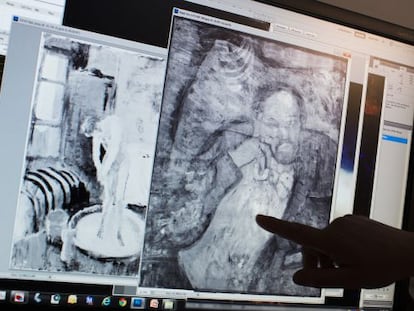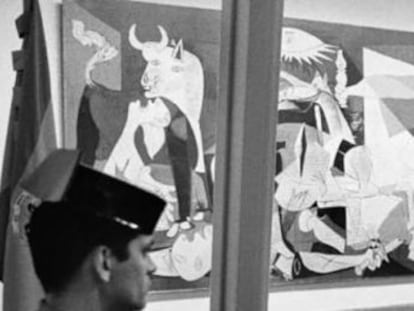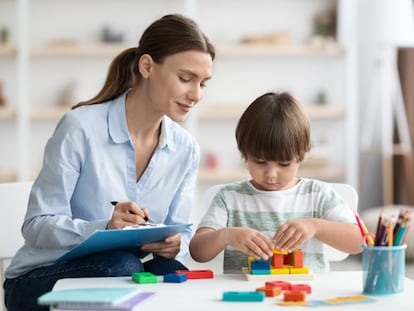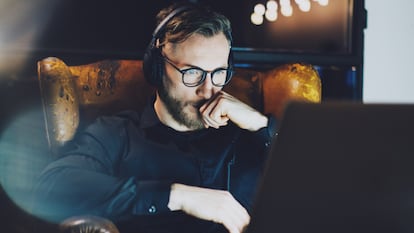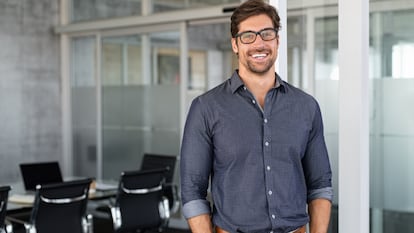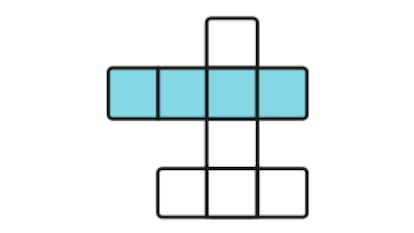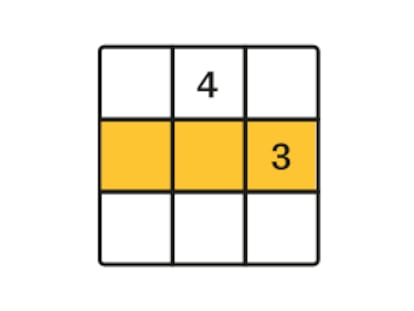Picasso’s last living Spanish friend
José Luis Galicia says that he played a role in bringing the Guernica mural into Spain

José Luis Galicia’s home would be just another middle-class residence in the northeast of Madrid if it were not for the Picassos. An original sketch of a face accompanied by the words: “For José Luis Galicia, from his friend Picasso, 26-5-59” adorns one wall. A series of sketches capturing the expression of the Spanish poet Antonio Machado hangs on another. Upstairs in the study, there is a small gallery dedicated to the Cubist master featuring prints, silkscreen prints, etchings and other original drawings that are surrounded by rows of art books.
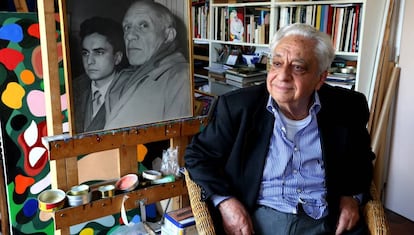
Born in Madrid in 1930, Galicia, 86, is himself an artist and has held over 60 individual exhibitions over the years. But his most famous paintings are undoubtedly the frescos in Madrid’s Almudena Cathedral.
With a cast-iron pedigree – his father was the painter Francisco Galicia, his uncle, the poet León Felipe and his cousin, the bullfighter Carlos Arruza, Galicia was not even remotely fazed when he ran into the Malaga-born genius in 1952.
When the Guernica came up in conversation, I always said that the painting should end up in Spain
José Luis Galicia
“It was said that he had a very difficult personality, but perhaps because I reminded him of Spain, or because he respected me as a painter, or who knows why, he was always quite sensible and perfectly well-behaved around me,” says Galicia. “None of the books I've read about him – and I've read a lot – portray him as I remember him. So I have reached the conclusion that when he invited people into his home, he felt obliged to become ‘Picasso’ – the character. He was acting a part.”
Their first encounter took place after the death of the poet Paul Éluard. As a 22-year-old student seeking to establish himself as an artist in Paris, Galicia attended a tribute to the poet organized by a group of intellectuals at the Maison de la Pensée Française.
“Everyone was gathered in a big room, including Aragon, the Surrealists and members of the Communist Party. And all the paintings that Picasso had given Paul Éluard were on the walls of another room,” recalls Galicia. “As no one was there, I decided to look around. Then suddenly, Picasso walked in. I approached him and said, ‘You are Pablo Picasso.’ And he said, ‘Yes and who are you?’ I told him I was a Spanish painter who had just arrived in Paris. ‘Well,’ he said, ‘let's have a look at this together.’”
Picasso’s Meninas
Galicia also tried to convince Picasso to donate his Meninas to the Prado Museum instead of sending them to the Picasso Museum in Barcelona. “I mentioned it one afternoon at his home,” says Galicia. “He fell silent for about a quarter of an hour. Then suddenly he said, ‘No! I think the Prado has enough with Velázquez’s Meninas.’”
But Picasso did absolutely want the Guernica installed in the Prado Museum, says Galicia. So why was it taken from the Prado to the Reina Sofia? Galicia believes they should at least put a plaque beside the Guernica that says, "On loan from the Prado Museum."
Galicia recalls that he dared to offer his opinion on Picasso’s work. “At that time, I was quite cheeky and slightly criticized one of the paintings. Then I did it again and again,” he says. “By the third criticism, he joined in. And when we finished, he said he would like to see my work. He asked if I knew where his studio was and I said yes, that it was in la Rue des Grands Augustins ‘So come and see me tomorrow and bring something of yours to show me,’ he said.”
Galicia went on to visit Picasso on various occasions in the south of France, mainly in La Californie, his mansion in Cannes where he lived with his partner, Jacqueline Roque. Used to sycophants, Galicia was possibly a breath of fresh air and the two would talk for hours. “He was very affectionate to me and asked a lot of questions,” says Galicia. “But we always broke off for his siesta. ‘Come back later and we’ll carry on talking,’ he would say. Sometimes we would stay up until midnight.”
These conversations led Galicia to play an important role in finding a home in Spain for Picasso’s mural masterpiece, the Guernica. The symbolic painting of the massacre in the Basque town on April 26, 1937, was allowed into the country because, according to Galicia, he convinced Picasso to change the word ‘Republic’ for ‘public liberties’ in a clause citing the conditions for the work to be taken to his homeland.
At that time, I was quite cheeky and slightly criticized one of the paintings
José Luis Galicia
“When the Guernica came up in conversation, I always said that the painting should end up in Spain,” says Galicia. “But he told me that it belonged to the Spanish Republic, that it had been commissioned for the Spanish Pavilion at the International Paris Exposition. Everyone at that time was convinced that when Franco died, there would be a five or six-month period of transition before the Republic returned. Picasso also believed this, which meant he thought that returning the painting would be easy. Until one day I told him, ‘Pablo, when Michelangelo painted the Sistine Chapel, there were also enormous problems with the Popes and other artists… But who remembers anything about that now? People see the Sistine Chapel, and that's it.’ I told him he had to put the politics to one side a bit, that politics was time sensitive but the Guernica was timeless.”
It would seem that Galicia’s argument helped to convince Picasso. “Pablo called Jacqueline and told her to call Dumas – his lawyer – and tell him to come as soon as he could. ‘I am going to change the words – where it says when there is a Republic, to when there is a Democracy,’ he said. So I didn't bring the Guernica back. Javier Tussell and the Spanish government did that, but I did convince Picasso to change that clause. If I hadn't, the painting might have remained in New York’s Modern Art Museum.”
English version by Heather Galloway.
